Significant changes in global land cover have occurred from 1985 to 2020, with both forest destruction and restoration accelerating, and impermeable surfaces continuing to expand, according to an annual report on global ecological and environmental remote sensing monitoring released by the National Remote Sensing Center of China on Friday.
The report shows that during the 35 years, the annual rate of global forest destruction increased from 121,700 square kilometers to 284,000 square km, with a cumulative destruction of over 5.82 million square kilometers. The expansion of impermeable surfaces caused by urban development has doubled, adding an area of 558,800 square km.
The report indicates that global forest destruction and the expansion of impermeable surfaces are the main factors causing carbon loss due to land changes. Forest destruction has resulted in a total carbon loss of over 34 billion metric tons, while the number caused by the expansion of impermeable surfaces is more than 1 billion tons.
"The total amount of carbon elements emitted into the atmosphere each year due to human production and life activities, mainly by the burning of fossil fuels, is approximately 10 billion tons. This means that the carbon loss caused by changes in land cover, such as forest destruction, over the past 35 years is roughly equivalent to human beings' carbon emissions for about 3.5 years, making it significant data," said Liu Liangyun, the leader of the carbon subject group of the annual report from China on global ecosystems and environment observation, and a researcher at the Aerospace Information Research Institute of the Chinese Academy of Sciences.
Liu explained that carbon loss refers to the emission of carbon elements from solid ecosystems into the atmosphere, and the increase in atmospheric carbon dioxide content leads to global temperature rise.
Monitoring showed that the world has achieved certain results in curbing the accelerating reduction of forest areas, but has not fully reached the sustainable development goal of "protecting, restoring and promoting the sustainable use of terrestrial ecosystems".
Focusing on global issues such as sustainable development, climate change, disaster risk reduction and urban resilience, the NRSCC of the Ministry of Science and Technology has been carrying out the Global Ecosystem and Environment Observation Analysis Research Cooperation since 2012 with reports and data sets released annually.
Zhao Jing, director of the NRSCC, said that these reports provide data and information support for addressing climate change, enhancing global food supply transparency, and achieving sustainable development goals.
Among them, the "ice and snow changes and impacts" report shows that from 2001 to 2020, the Antarctic ice sheet, Greenland ice sheet and glaciers in the Qinghai-Tibet Plateau all experienced losses, with losses of 2,639 billion tons, 4,739 billion tons, and 306 billion tons, respectively.
During these 20 years, these losses of ice contributed to a sea level rise of approximately 21 millimeters, accounting for about one-third of the global sea-level rise during the same period. Among them, the Greenland ice sheet contributed the most to the rise, causing a global sea-level rise of 13.1 mm.
Guo Huadong, the leader of the expert group for the 2023 report and an academician of the Chinese Academy of Sciences, said that remote sensing technology plays a crucial role in global ecological and environmental monitoring, biodiversity protection, and promoting sustainable development. China's current remote sensing technology and infrastructure are at the forefront worldwide.
He stated, "When it comes to monitoring large-scale dynamic targets, there is no better tool than remote sensing technology. Through remote sensing monitoring, combined with artificial intelligence analysis and interpretation, data can be summarized, patterns can be discovered, and scientific theoretical basis for decision-making can be provided to governments of various countries. This plays a crucial role in the United Nations' agenda for sustainable development."
China is a founding member and co-chair of the Group on Earth Observations and has developed an application system for Earth observation satellites in meteorology, resources, environment and oceans. China is gradually improving its high-resolution Earth observation system and national space infrastructure, thereby enhancing its Earth observation capabilities.
Zhao stated that China has been committed to opening and sharing more Earth observation data, knowledge and services globally, providing remote sensing technology support for ecological and environmental monitoring in countries around the world, especially developing ones.
"For example, we continuously release monitoring reports on global production patterns of major grain and oil crops, which have been downloaded and used by users from over 170 countries worldwide, becoming a major data source for international organizations such as the Food and Agriculture Organization of the United Nations," she said.













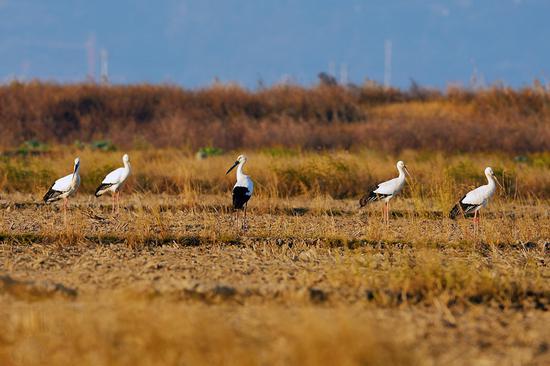


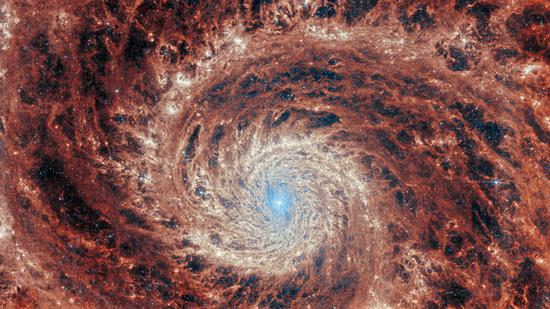






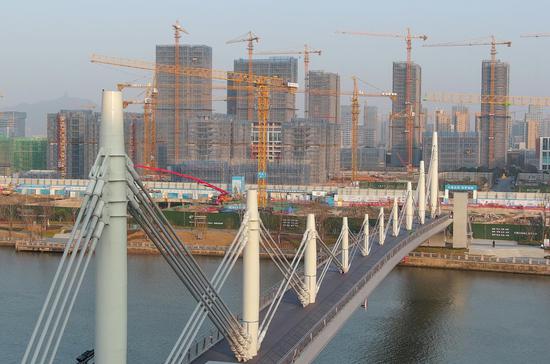


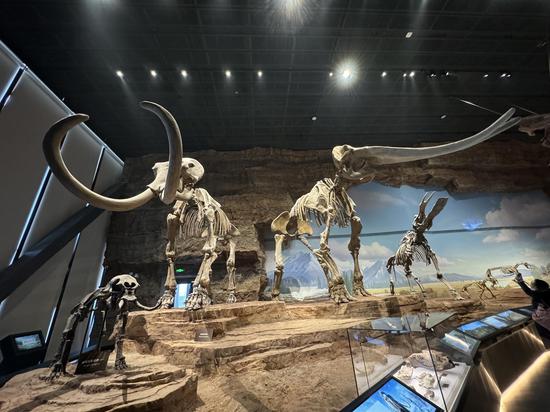



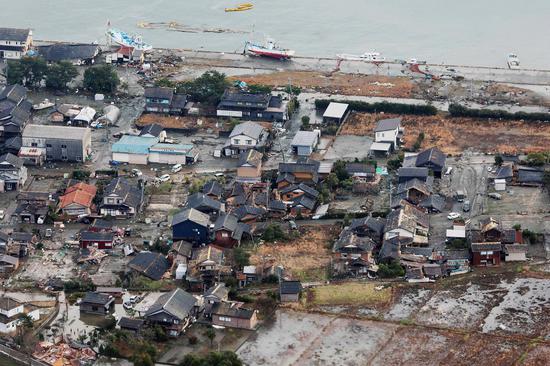
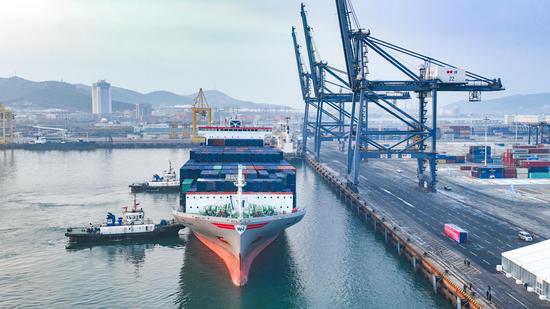




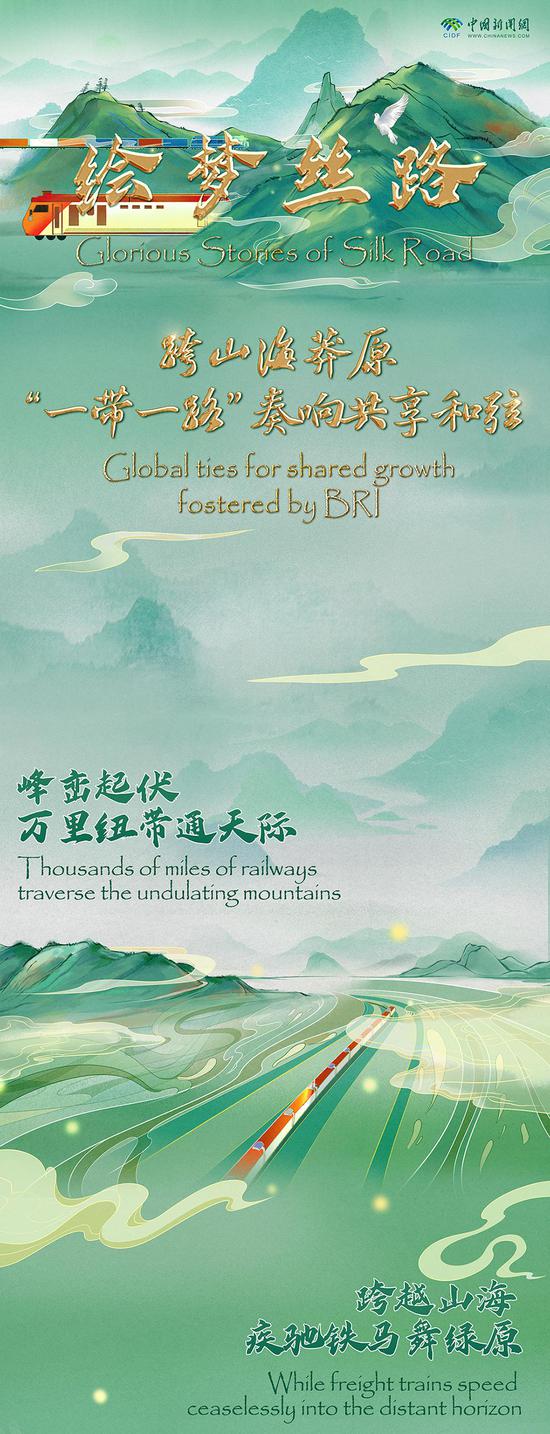

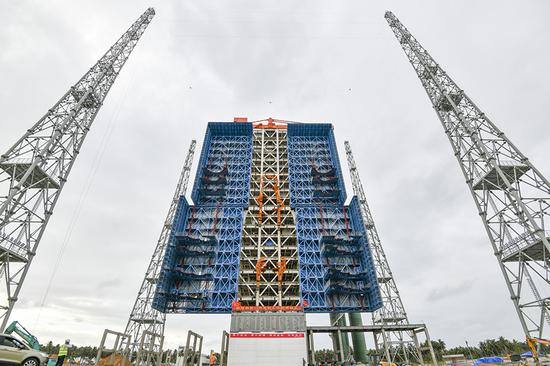

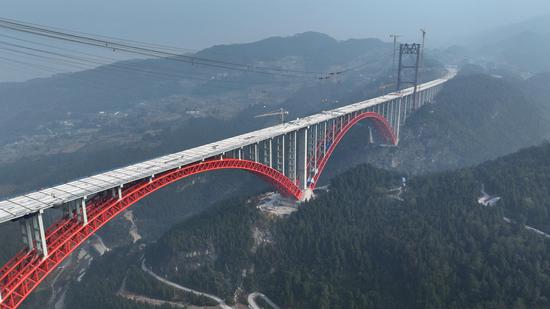



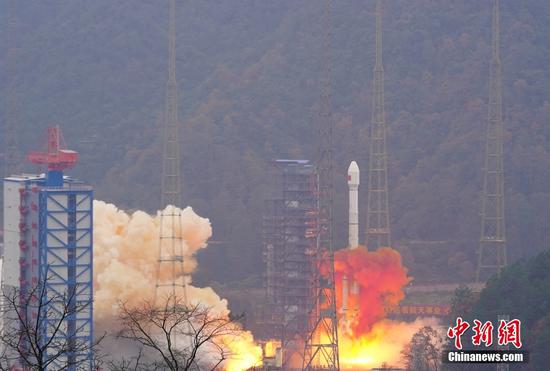





 京公网安备 11010202009201号
京公网安备 11010202009201号